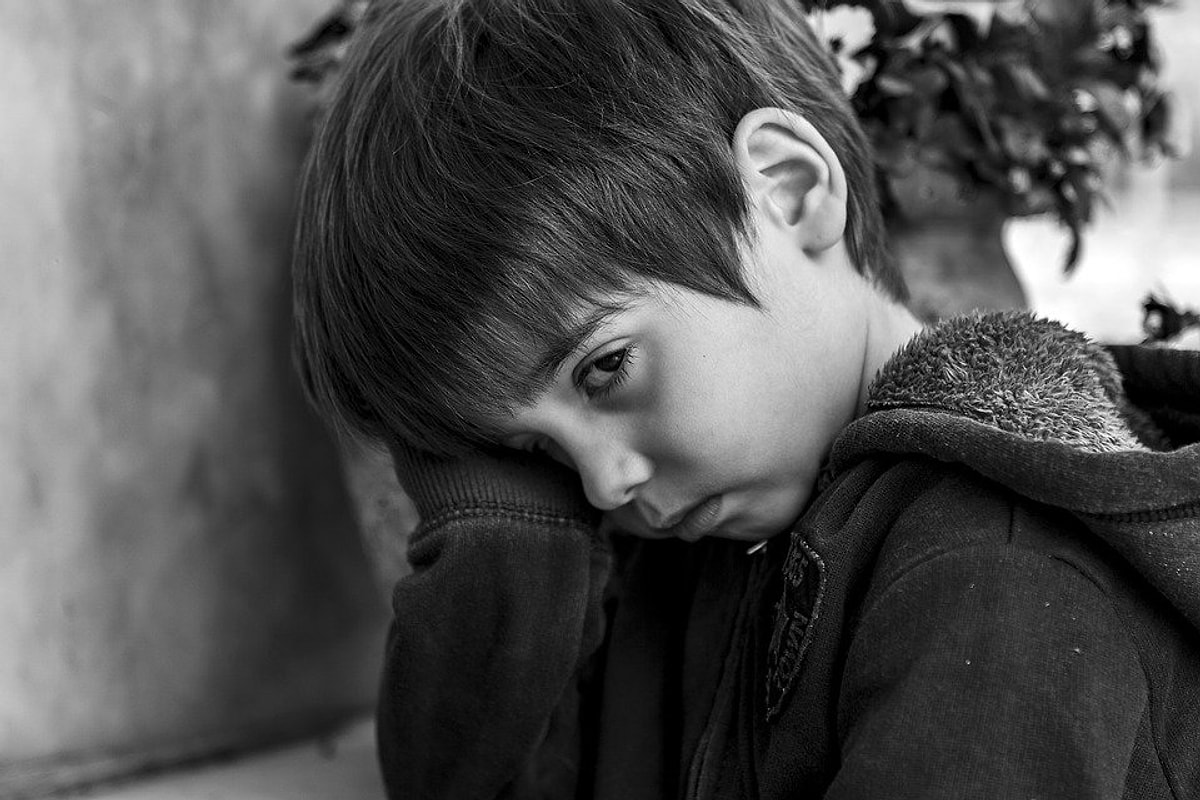Childhood leukemia, like acute lymphoblastic leukemia (ALL), has seen big changes in survival rates. Thanks to new medical treatments, kids diagnosed with leukemia now have a much better chance. Today, most survivors live long, healthy lives, and while many families worry about signs such as dark circles under child’s eyes leukemia, this symptom is nonspecific and should be evaluated by a clinician.

The five-year survival rate for ALL in kids aged 0 to 14 is 94%. This means 94% of kids with ALL are likely to be alive five years after diagnosis. Spotting signs early, like dark circles under a child’s eyes, is key to catching it fast.
Childhood leukemia was once seen as a death sentence. Now, thanks to modern advances, it’s largely survivable. We’ve seen a big change in how children diagnosed with this condition fare, thanks to better treatments and care.

The journey of beating childhood leukemia has been amazing. We’ve moved from seeing it as a death sentence to a condition most kids can overcome. Modern treatments have changed the game for childhood leukemia, making it a condition many can survive.
For kids with Acute Lymphoblastic Leukemia (ALL), about 90% live at least five years. And 94% make it to ten years or more. These numbers give hope to families and kids facing this diagnosis. The progress in medical science has been key in boosting these survival rates.
The survival stats for childhood leukemia are encouraging. For ALL, the five-year survival rate is about 90%, and the ten-year rate is around 94%. For Acute Myeloid Leukemia (AML), the five-year survival rate has jumped to 65“70%. These gains show the progress in medical treatment and care.
Getting a leukemia diagnosis can be scary. But it’s important to know that survival chances have greatly improved. While treatments come with risks, the overall outlook is good. As medical research keeps advancing, so do the leukemia survival rates.
Knowing the signs of leukemia, like dark circles under a child’s eyes, helps parents get medical help fast. Leukemia in kids shows up in different ways. Some signs are often missed or thought of as minor issues.

There are several signs that could mean leukemia in kids. These include:
Leukemia can also affect a child’s mood and behavior. Parents should watch for:
These changes might be small, but if they keep happening or with other symptoms, see a doctor.
If a child shows many symptoms at once, or if their condition changes a lot, get medical help right away. Catching leukemia early is key to treating it well.
Always be careful when it comes to your child’s health. If you worry about your child’s symptoms or how they’re feeling, call a doctor.
It’s important for families to know about the treatment journey for childhood leukemia. This knowledge helps prepare for long-term health effects. Treatments include chemotherapy, radiation, and sometimes bone marrow transplantation.
These treatments are key to survival but can have big side effects. These effects can change a child’s future health and happiness.
Today’s treatments for childhood leukemia have greatly improved survival rates. Chemotherapy regimens are made just for each child. This makes treatment more effective and safer.
There’s a move towards targeted therapies. These aim to lessen the side effects of old chemotherapy.
Studies show that more kids are surviving leukemia. The five-year survival rate for ALL has gone up to over 90% in many places. This shows how far medical science has come and the hard work of doctors.
Many worry if chemotherapy can stop children from growing. Chemotherapy can affect bone growth, but how much depends on the drugs, dosage, and child’s age.
Growth monitoring is key in follow-up care for kids who had chemotherapy. Doctors watch growth closely and help if needed. Sometimes, growth hormone therapy is used to help growth.
The intensity of leukemia treatment can greatly affect a child’s future health. More intense treatments are needed for some but can lead to more side effects. These can include heart problems, second cancers, and brain or emotional issues.
Creating a detailed leukemia care plan is vital. It should include regular check-ups, watching for late effects, and support for emotional and educational needs. Knowing the effects of treatment intensity helps families prepare for the future.
When treatment ends, families start a new journey. This path is filled with hope and challenges. Completing treatment is a big milestone, starting the recovery phase.
Most kids get better physically within a year after treatment. Their bodies heal from chemotherapy and other treatments. They see doctors regularly to check on their progress.
Getting better physically means gaining strength and improving nutrition. It also means managing treatment side effects. Support from doctors, family, and friends is key during this time.
Going back to school and normal activities is a big step. It means getting back to routine and feeling normal again. But, it can be tough for kids and teens.
Emotional support is very important. Schools and families need to work together to help kids adjust.
Feeling emotionally better takes time. It needs support from family, friends, and doctors. Survivors may feel many emotions, like relief and fear.
Talking to other survivors and joining support groups helps. It gives a sense of community and understanding.
Supporting kids and families through this journey is vital. It shows their strength and resilience. Their stories give hope and highlight the need for care that covers both physical and emotional needs.
The journey doesn’t end with treatment; long-term monitoring is vital for childhood leukemia survivors. After treatment, survivors start a new phase of care. This phase is just as important as the treatment itself. We stress the need for long-term follow-up care to watch for possible late effects of treatment.
Regular follow-up care is key for catching and managing late effects early. We suggest a follow-up care plan that fits the individual’s treatment and health. This plan includes regular check-ups, screenings, and tests to keep an eye on overall health and spot any issues early.
The value of follow-up care is huge. It helps us find and tackle late effects early, which improves survivors’ long-term health.
Childhood leukemia treatment can lead to late effects like heart problems, secondary cancers, and cognitive issues. The risk of these effects depends on the treatment type and intensity. We keep a close eye on survivors for these possible late effects through regular follow-up care.
While rare, leukemia relapse is a risk for survivors. We teach survivors and their families about relapse symptoms, like fatigue, weight loss, and recurring infections. Spotting relapse early is key for effective treatment.
By knowing the possible late effects of childhood leukemia treatment and the importance of follow-up care, we can ensure the best outcomes for survivors. Long-term monitoring and managing possible late effects are essential parts of survivorship care.
Childhood leukemia survivors show us the power of the human spirit. They didn’t just beat a deadly disease. They thrived and achieved amazing things in life.
Many famous people have shared their battles with childhood leukemia. Jackie Chan, for example, talked about how it shaped his career. Their stories show the strength and resilience of survivors and their families.
Other famous survivors have made big impacts in arts, science, and sports. Their success inspires others facing similar challenges.
Survivors have done great things in their lives. They’ve excelled in their careers and helped raise awareness for leukemia. Some have even raised money for research by sharing their stories.
These achievements show the positive impact survivors have on the world.
Surviving childhood leukemia changes a person’s view of life. Many survivors appreciate life more and understand their own strength. They focus on living in the moment and following their dreams.
“Surviving leukemia taught me to cherish every moment and to never give up on my dreams.” – Anonymous Leukemia Survivor
For many, being a leukemia survivor shapes who they are. It influences their choices and inspires them to help others. This creates a wave of kindness and support.
Childhood leukemia is tough, but there’s hope for survivors. Thanks to better treatments, many kids beat the disease and live long, healthy lives. This shows that with the right care, a positive future is possible.
Surviving leukemia means looking forward to a bright future. These kids grow up with new views on life. Advances in treatment and care mean they have a better chance at a happy, healthy life.
Yes, you can live a long life after childhood leukemia. With the right treatment and support, survivors can lead fulfilling lives. We’re here to help them move forward, celebrating their past and encouraging a vibrant future.
Leukemia is a serious disease, but thanks to medical advances, survival rates have improved, even for children. Yet, in some cases, it can be fatal. This is often due to delayed diagnosis or ineffective treatment.
Leukemia is a cancer that affects the blood and bone marrow. Its exact cause is often unknown. Emotional stress can impact health, but it doesn’t directly cause leukemia.
Chemotherapy can affect growth and development in children. The impact varies based on treatment intensity, age, and individual response.
Survival rates for leukemia have greatly improved. About 90% of children with acute lymphoblastic leukemia (ALL) survive at least five years after diagnosis.
Leukemia treatment duration varies. It depends on the disease type, severity, and treatment response. Treatment can last from months to years.
Leukemia causes physical and emotional symptoms like fatigue and infections. Treatment also has side effects, both short-term and long-term.
Yes, many people recover from leukemia, thanks to modern treatments. Recovery involves completing treatment and rebuilding a normal life, managing late effects.
Yes, several notable individuals have survived leukemia. Children who have overcome the disease have achieved great things.
Leukemia development varies. It’s hard to pinpoint when it starts. Some types progress slowly, while others can develop quickly.
Leukemia relapse symptoms include returning or worsening of initial symptoms like fatigue and infections. Regular follow-up care is key for monitoring and detecting relapse.
A child with leukemia’s care plan involves a team of healthcare professionals. This team includes oncologists, nurses, and support staff. They work together to provide care and support throughout treatment and beyond.
Subscribe to our e-newsletter to stay informed about the latest innovations in the world of health and exclusive offers!
WhatsApp us